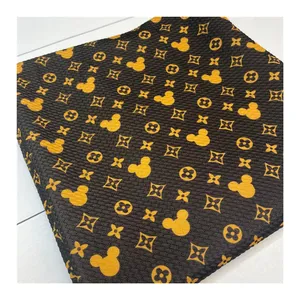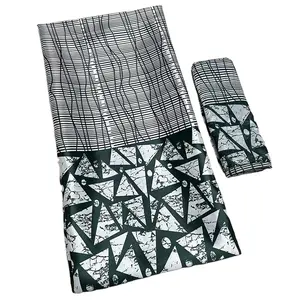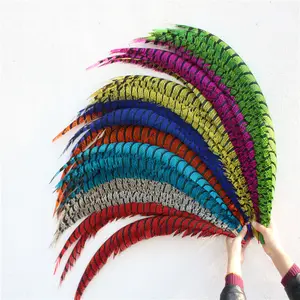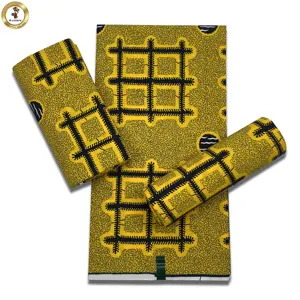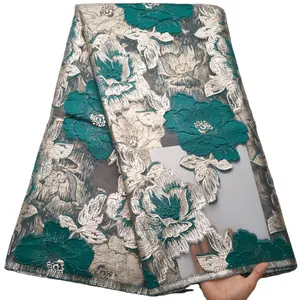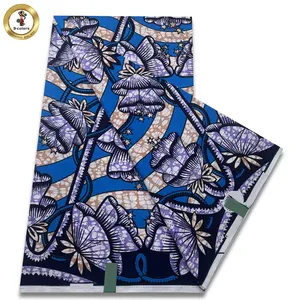Popular in your industry





























































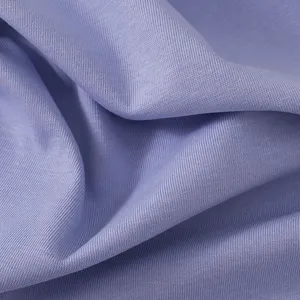

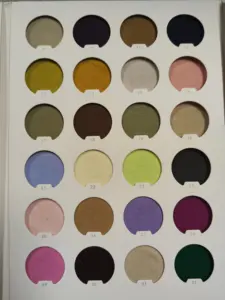


Related Searches:
















































































































Top categories
About olefin fabric
Notably, olefin fabric resists moisture and chemicals. This feature makes it suitable for upholstery in high-traffic areas or environments prone to spills. Additionally, its resistance to chemicals enhances its suitability for industrial applications where exposure to various substances is common. This fabric is also known for its colorfastness, meaning it retains its color vibrancy even when exposed to sunlight and harsh weather conditions.
What Is Olefin Fabric?
Olefin, also known as polypropylene, is a synthetic fiber renowned for its durability and resistance to the elements. It is manufactured through the polymerization of propylene gas. Olefin is commonly used in outdoor textiles, such as patio furniture cushions and rugs, due to its ability to withstand harsh weather conditions.
How to Clean Olefin Fabric?
Regular vacuuming helps remove surface dust and debris, preventing them from settling into the fabric. Use a brush attachment to avoid potential damage to the fibers. In the case of spills or stains, act promptly. Olefin's stain resistance allows easy cleanup; a damp cloth or sponge with mild detergent can effectively tackle most spills. For more stubborn stains, apply a mixture of water and a mild, non-bleaching detergent. Avoid harsh chemicals or bleach, which may compromise the fabric's integrity. Rinse the affected area thoroughly to remove any residual cleaning solution. Olefin fabric's resistance to moisture makes it suitable for outdoor use, but mold and mildew can still develop in humid conditions. To address this, apply a solution of water and vinegar (one part vinegar to ten parts water). Allow the solution to sit briefly before rinsing thoroughly and air-drying. While olefin fabric boasts various advantages, it's essential to acknowledge its limitations. Olefin fabric disadvantages include a susceptibility to oil-based stains, potential for color fading with prolonged sun exposure, and a relatively low melting point.
Is Olefin Fabric Toxic?
Olefin is generally regarded as non-toxic. This designation stems from its chemical composition, which lacks harmful substances known to pose health risks. While olefin is generally considered safe, note that individual sensitivities may vary. Some people may experience skin irritation or allergies to certain synthetic fibers. However, such occurrences are relatively rare with olefin.
Olefin Fabric vs. Sunbrella
While both olefin fabric and Sunbrella cater to outdoor use, the key distinctions lie in their compositions, performance features, and intended applications. Olefin is valued for its affordability and general durability, whereas Sunbrella is synonymous with premium quality, superior UV resistance, and a luxurious feel.
